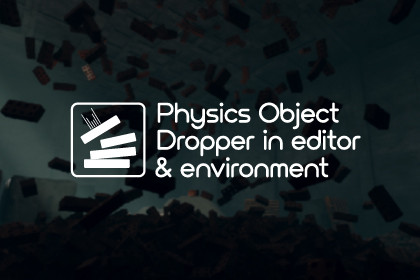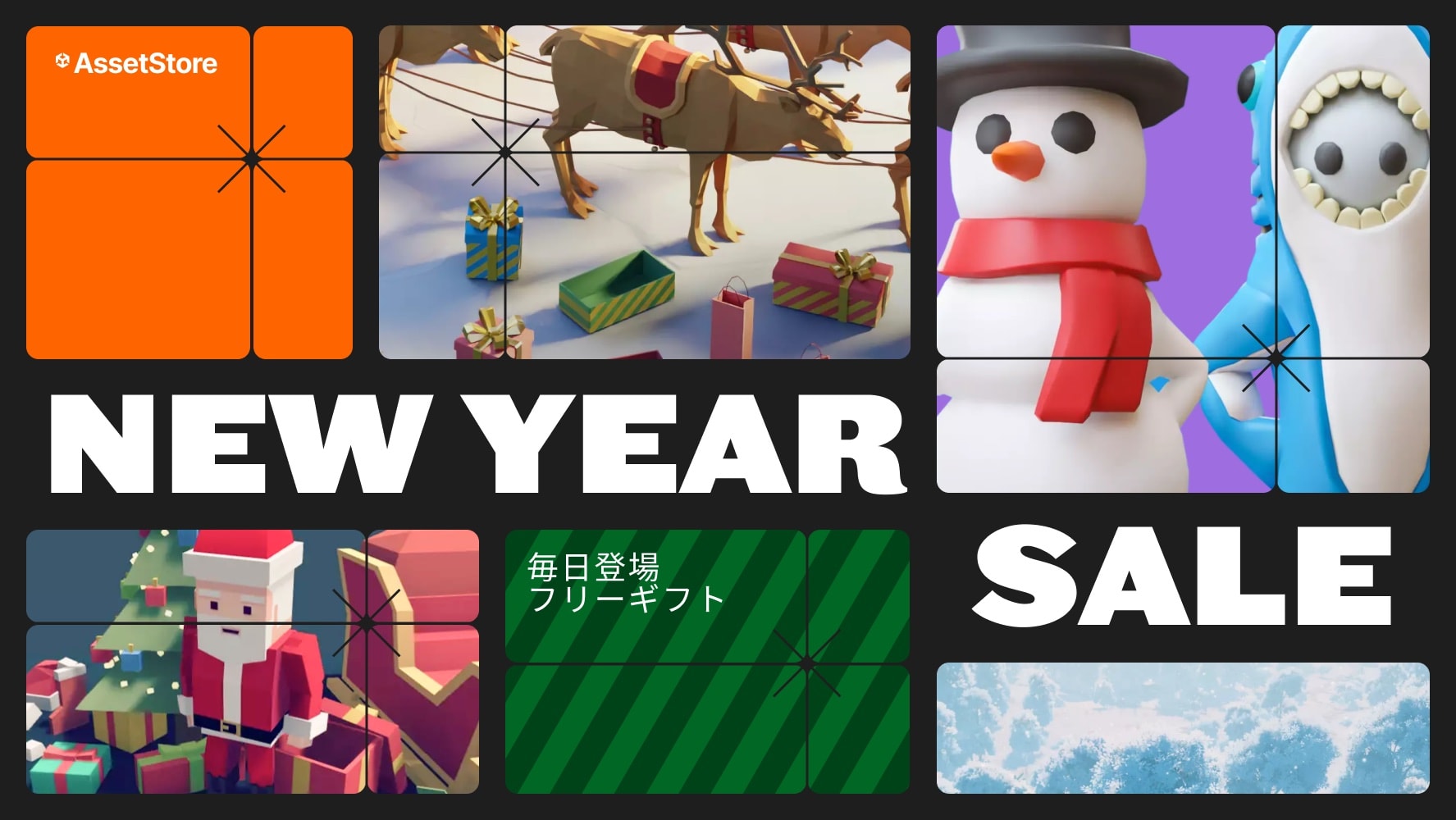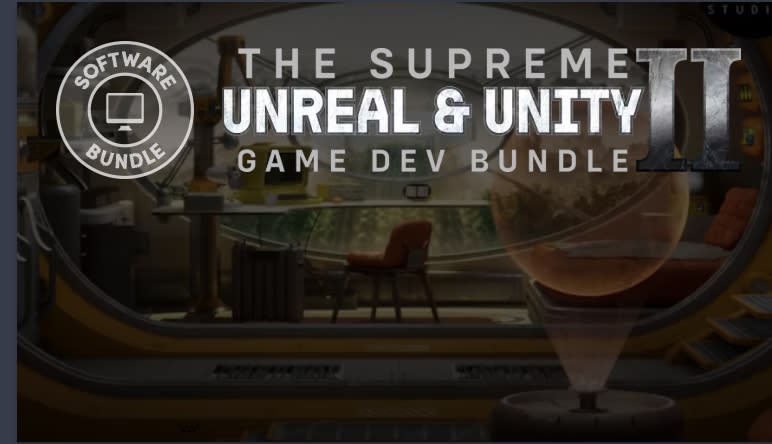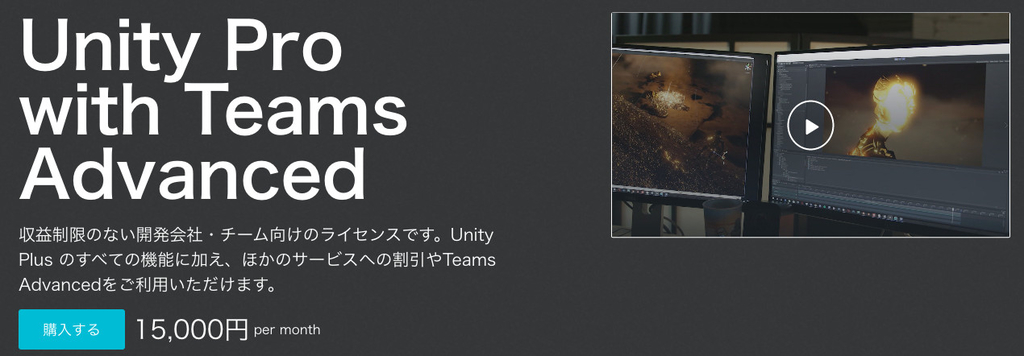
Physics Objects Dropper in Editor - Enviroment Tools
Grid Wall
$9.99
$19.99
50%OFF
(no ratings)
Jump AssetStore
Fast, powerful Unity editor tool for painting, scattering, and simulating prefabs with physics for natural environments.Unity Version: Tested with Unity 6 and earlier versions, fully compatible with Unity 2020.3 and newer. Dependencies: Requires prefabs with Collider components. Target surfaces must also include Colliders. Performance: Optimized for large-scale, heavy environments with high object counts. Includes physics simulation and preview/bake workflows to minimize runtime overhead.POD Environment Tool turns boring, repetitive scene assembly into fast, controlled creativity. It is a Unity Editor extension built for environment artists, level designers, technical artists, and solo developers who want to iterate faster and get believable, physics-driven results without fighting the editor. Use it to paint thousands of props in minutes, lay out precise arrays of assets, or rain prefabs into the scene and watch natural collisions form organic piles and chaos — then bake the result and ship it.Whether you’re building dense natural scenes, cluttered sci-fi interiors, destructible battlefields, or quick blockouts for level design reviews, POD gives you the controls you need: precise placement with Grid, freeform brush painting with Paint, physics-driven spawn streams with Physic Rain, and the ability to apply or remove physics with Set Physics at any time. The result is scenes that look natural, feel lived-in, and take a fraction of the time to create.Why you’ll love itWork faster: Replace repetitive manual placement with brush strokes and one-click grids. Spend time iterating, not duplicating.Controlled randomness: Keep structure when you want it, randomness when you need it. Random rotation, random scale, position jitter, and grouped spawns make variety feel deliberate.Real physics, real results: Stop faking piles and stacks. Simulate real collisions and settle objects into believable poses, then bake for performance.Artist-friendly: No scripting required for common workflows. Intuitive UI, previews, and grouping make cleanup and iteration simple.Reliable: Works with standard Unity colliders and rigidbodies — clear rules, predictable outcomes.Key featuresThree placement modes for real-world tasks: Paint, Grid, and Physic Rain — each with live preview and bake/unsimulate workflows.Set Physics mode to toggle Rigidbody simulation on selected objects, letting you simulate and then either commit or revert changes.Group Spawn to parent spawns under a single GameObject for instant scene organization and mass operations.Preview and Bake system so you can paint and test without touching your final hierarchy until you’re satisfied.High performance controls: density and time-interval throttles plus recommended collider and LOD patterns to avoid frame drops.Artist presets for common use: foliage, rock fields, debris rain, and prop piles.Works with Unity terrains, meshes, and custom geometry — simply ensure colliders are present and go.Examples of useDense Forest Floor in MinutesPaint hundreds of weeds, grass clumps, and small rocks across terrain with a single brush. Use random scale and rotation to avoid repetition, then bake previews to static geometry for top performance in open-world scenes. Perfect for natural landscapes, VR gardens, or stylized levels.Rock Field / Cliff ScatterUse Grid mode for base placement, then run Physic Rain with varied rock prefabs to add toppled boulders and debris along the slope. Simulate so rocks tumble into natural crevices. Great for cinematic shots, platformer hazards, or rockslide set pieces.Battle Aftermath & Debris PilesSpawn wreckage as Physic Rain from a height so shards and crates tumble into believable piles. Apply Set Physics, simulate until things settle, then bake to make the destruction permanent for optimized runtime. Ideal for FPS maps, destructible scenery, and environmental storytelling.Quick Blockout to Playable PrototypeLay out props in Grid mode for rapid blockouts such as ammo crates, cover, or spawn points. Add brush-painted clutter for believable interiors. Simulate small dynamic pieces like barrels to test gameplay, then un-simulate and bake static elements.Urban Clutter & Trash LinesPaint city props such as trash cans, crates, and signage quickly and add small random offsets. Use Group Spawn per street segment for easy teardown. Combine with Physic Rain to add knocked-over items and naturally collided piles.Props for CinematicsCreate a pile of broken pottery, scattered timber, or debris for a cinematic camera move. Drop a Physic Rain burst, simulate until it looks perfect, and bake. Adjust random rotation for variety, then export the scene for rendering.Placement Modes:• Paint Objects — Brush-based prefab painting with random rotation, scale, and spacing.• Grid Objects — Generate structured grids/arrays with customizable counts and offsets.• Physic Rain — Spawn prefabs over time with physics for natural falling and collisions.• Set Physics — Apply or remove Rigidbody simulation to existing objects.Common Parameters:• Prefab selection (collider required)• Brush size, spacing, Y offset• Random rotation & scale• Group Spawn for organized hierarchy• Preview/Bake/Unsimulate workflowRequirements:• Unity 2020.3+ recommended• Prefabs and surfaces must include Colliders• Place GW_POD_EnvironmentToolEditor.cs in Assets/Editor/Best Practices:• Always use Group Spawn for management• Use simple colliders & LODs for large scenes• Bake or Unsimulate temporary previews to optimize performanceUse Cases:• Fast foliage and prop painting• Structured layouts with physics variation• Natural debris or object scattering• Quick prototyping of levels and environments







